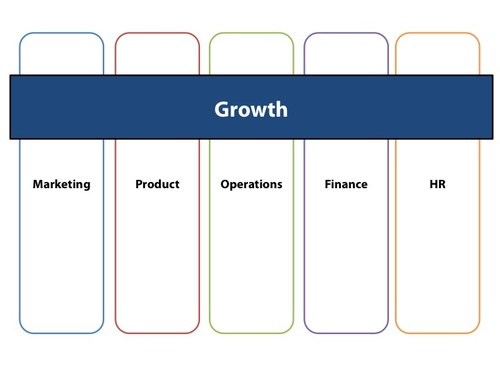Based in marketing but leveraging social networks, and some times a bit of programming, growth hacking is the intersection of data, product, and marketing. The practice is one that pairs increasing digital metrics with minimal resources and spend.
The growth hacker, as explained by Aaron Ginn, “finds a strategy within the parameters of a scalable and repeatable method for growth, driven by product and inspired by data.” The role belongs in no particular organizational department, but rather, across each of them, and is quickly becoming a legitimate and more prevalent one.

A relatively new site, GrowthHacks.Ninja, developed by Ryan Watson, is dedicated to producing digital marketing articles and best practices from Growth Hackers. A fantastic recent blog post from the site offers 10 stellar web apps essential for a growth hacker’s toolkit.
The first three include:
#1 Ghostery
Ghostery Sees what applications are tracking you on web pages, as well as giving you the option to block individual or all tracking software site to site. While privacy might not be our biggest priority as marketers, this tool offers some excellent strategic value. For example examining competitor’s tracking software can give you an idea of how they are running their marketing campaigns.
Use case: If there’s a Facebook tracking pixel on a web page you can assume the owner might be retargeting visitors on Facebook or creating custom audiences. Knowing what tracking pixel software available to marketers will give you an edge when formulating a digital strategy, as well as more insight into competitor’s strategies.
#2 Professor Trafic
Professor Traffic is a simple plugin that integrates with Google Analytics and allows you track which of your social shares drive traffic to your website. You can create reports showing which links you shared on Facebook, Twitter, Google+ and LinkedIn to see what drove visits and conversions.
#3 Evernote Web Clipper
The remaining seven can be found here.




One Comment
Comments are closed.